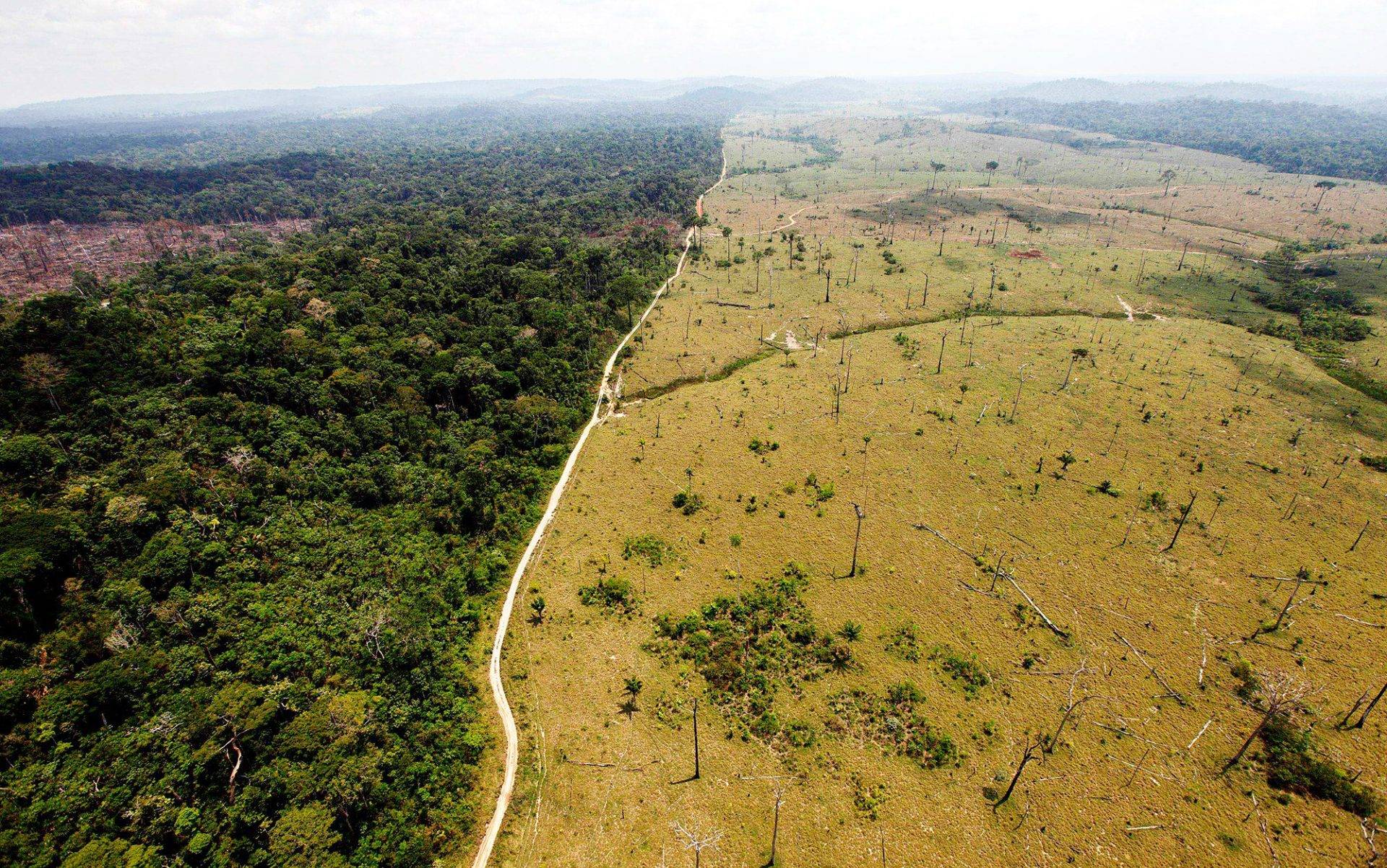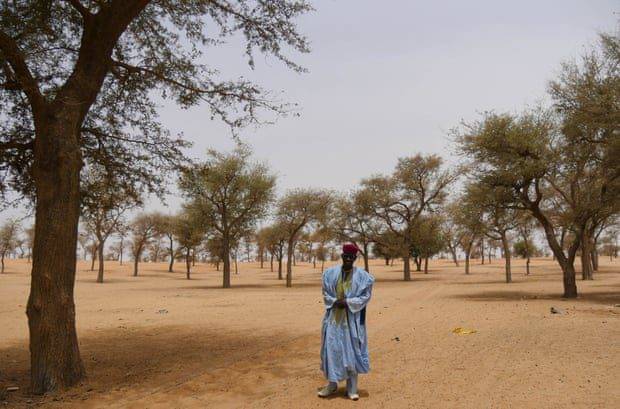Over 4 Mn Forest Hectares Are Cut Annually- This ‘Largest Ever Individual Investment’ To Restore Africa’s Greenery

It is estimated that since the beginning of agriculture 12,000 years ago, human beings have reduced the world’s tree cover by almost 46 percent. Reports indicate 12 billion trees are being cut a year.
Deforestation, the cutting down of trees is the second leading cause of global warming and produces about 24 percent of global greenhouse gas emissions.
In regards to climate change, deforestation not only adds carbon dioxide to the air but also removes the ability to absorb existing carbon dioxide.
The world has already started fo feel the impact of climate change on the environment. Some signs include glaciers shrinking, ice on rivers and lakes breaking up earlier than usual, among others.
In what has been presumed to be “the biggest land restoration project ever seen,” a group of Non-Governmental Organisations (NGOs) have made known that they are collaborating to start up an agro-forestry project.
For the project which will cover Tanzania, Uganda, Malawi, Zambia, Kenya and Ethiopia, the NGOs have reported raising USD 85 Mn from G9 Ark for the initial phase of their first initiative which is christened ‘Grand African Savannah Green Up.’
Agroforestry basically is the practice of having trees as part of farms. The combination of agriculture and forestry has varied benefits, including increased biodiversity and reduced erosion.
Through the Green Up project, there is a plan for an extensive scale-up of Farmer Managed Natural Regeneration (FMNR). FMNR is an approach to arable land rehabilitation and reforestation that seeks to reconcile sustained food production, conservation of soils, and protection of biodiversity. It encourages regeneration of trees and shrubs that sprout from stumps, roots, and seeds found in degraded soils, such as those currently under agricultural.

It is argued that FMNR is a low-cost, sustainable land reclamation method used to fight poverty and hunger amongst poor subsistence farmers.
In Niger, almost total destruction of trees and shrubs in the agricultural zone took place between the 1950s and 1980s had which had disastrous outcomes. Deforestation worsened the impact of recurring drought, strong winds, high temperatures, infertile soils, pests and diseases on crops and livestock.
Conventional approaches to reforestation were employed but which failed to bore fruits. Farmer Managed Natural Regeneration (FMNR) was then adopted and it recorded success as the crops grew better amongst the trees.
Regarding the project, agro-forestry author and expert Eric Toensmeier told Mongabay, “This may be the largest individual investment ever made in agro-forestry. The area that will be restored, 2 million hectares by 2025.”
Featured Image Courtesy: Andre Penner/AP